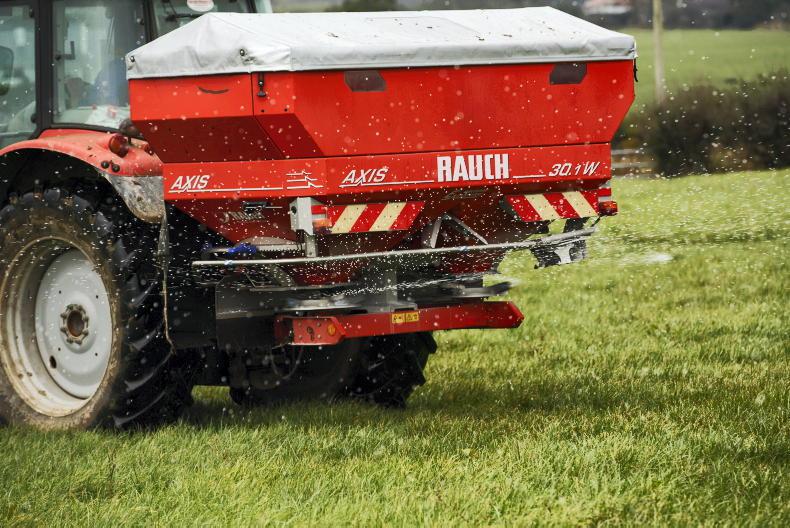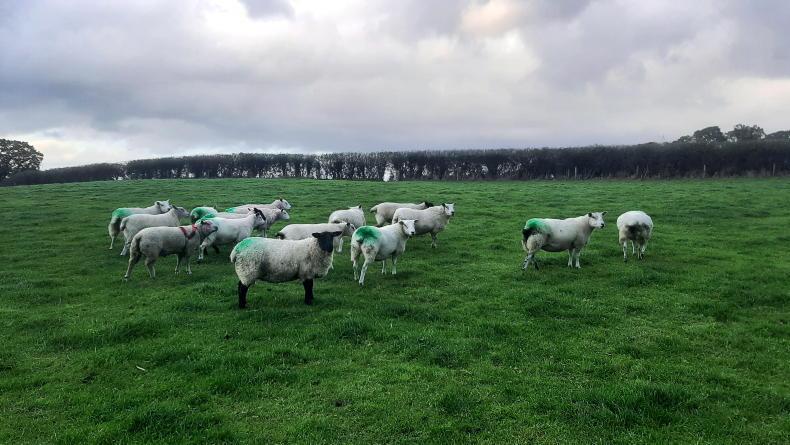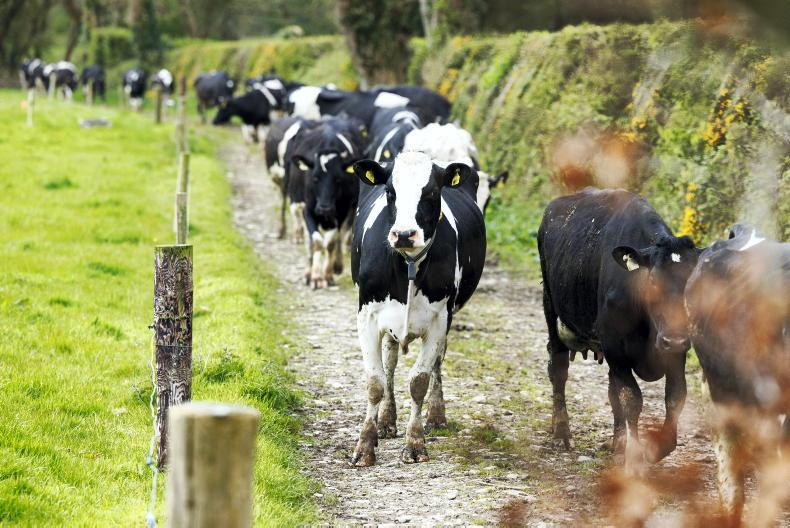A new scientific paper from Teagasc confirms that no chemical residues were found in milk produced from cows grazing grass treated with protected urea fertiliser in milk sampling trials.
The research, which was conducted by Teagasc at its environment research centre in Johnstown Castle, aimed to tackle concerns about the potential for protected urea residues to appear in milk.
Senior research officer in the Teagasc crops, environment and land use programme Dr Patrick Forrestal said: “Extensive trials by Teagasc over the past nine years have shown protected urea to be a solid yield performer in Irish grassland and thus a reliable fertiliser option for farmers.
“Not finding residues in the milk of cows grazing pastures fertilised with protected urea, even when using a highly sensitive method, gives further reassurance that protected urea can be part of a toolbox of solutions for Irish agriculture to meet the challenges ahead.”
New method
The paper details the development - at Teagasc, Ashtown - of a highly sensitive and validated analytical method for the detection of the urease inhibitors (NBPT and NBPTo) in the matrix of milk.
Sampling and testing of milk from the Teagasc, Johnstown dairy herd, where protected urea is used as the N source, for residues using this new method is also detailed.
Principal research officer in the Teagasc food safety department Dr Martin Danaher said the method used in the trial was 25 times more sensitive than previous methods.
Farmers in Ireland are being encouraged to switch from using CAN fertiliser to protected urea, as part of the sector's drive to reduce emissions from agriculture.
Head of the Teagasc environment, soils and land use research department Dr Karl Richards said: “Protected urea is a key practice change in the Teagasc MACC that farmers can simultaneously reduce greenhouse gas emissions, improve the carbon footprint of their products and reduce fertiliser costs."
The full scientific paper can be accessed here.










SHARING OPTIONS